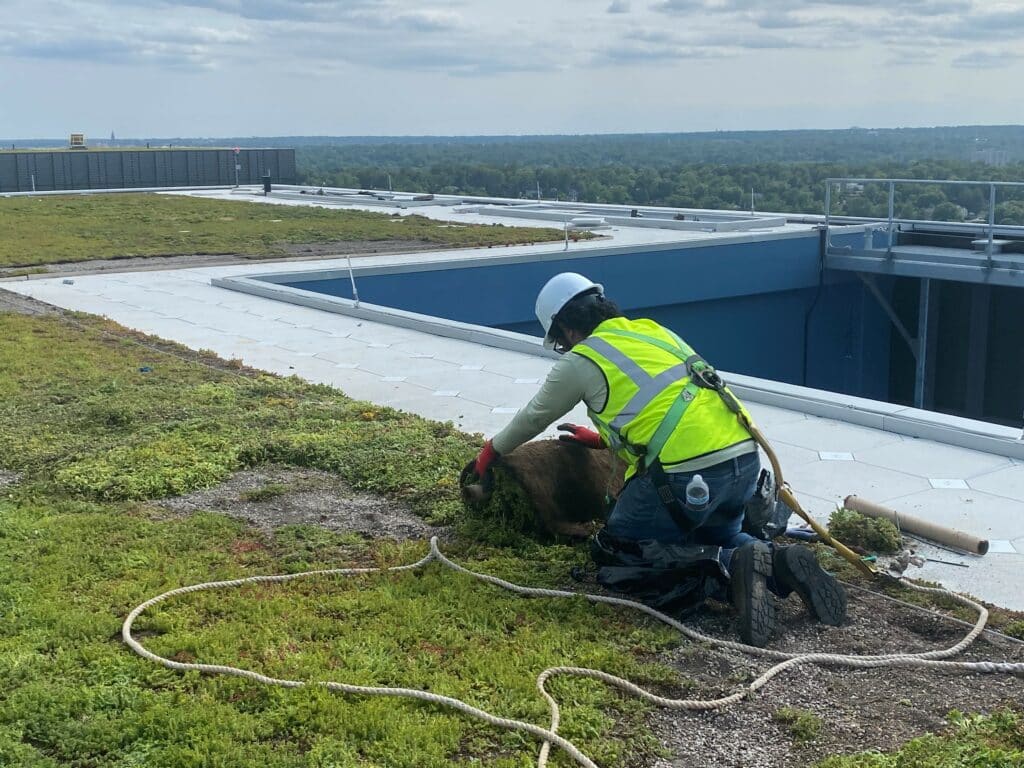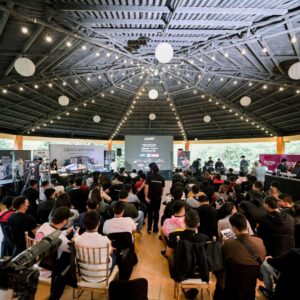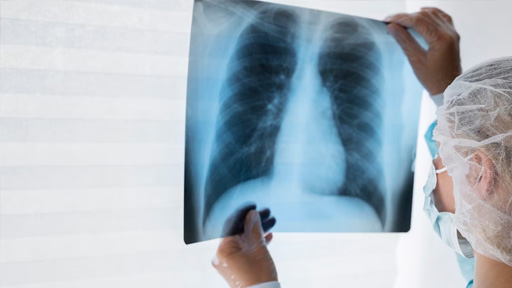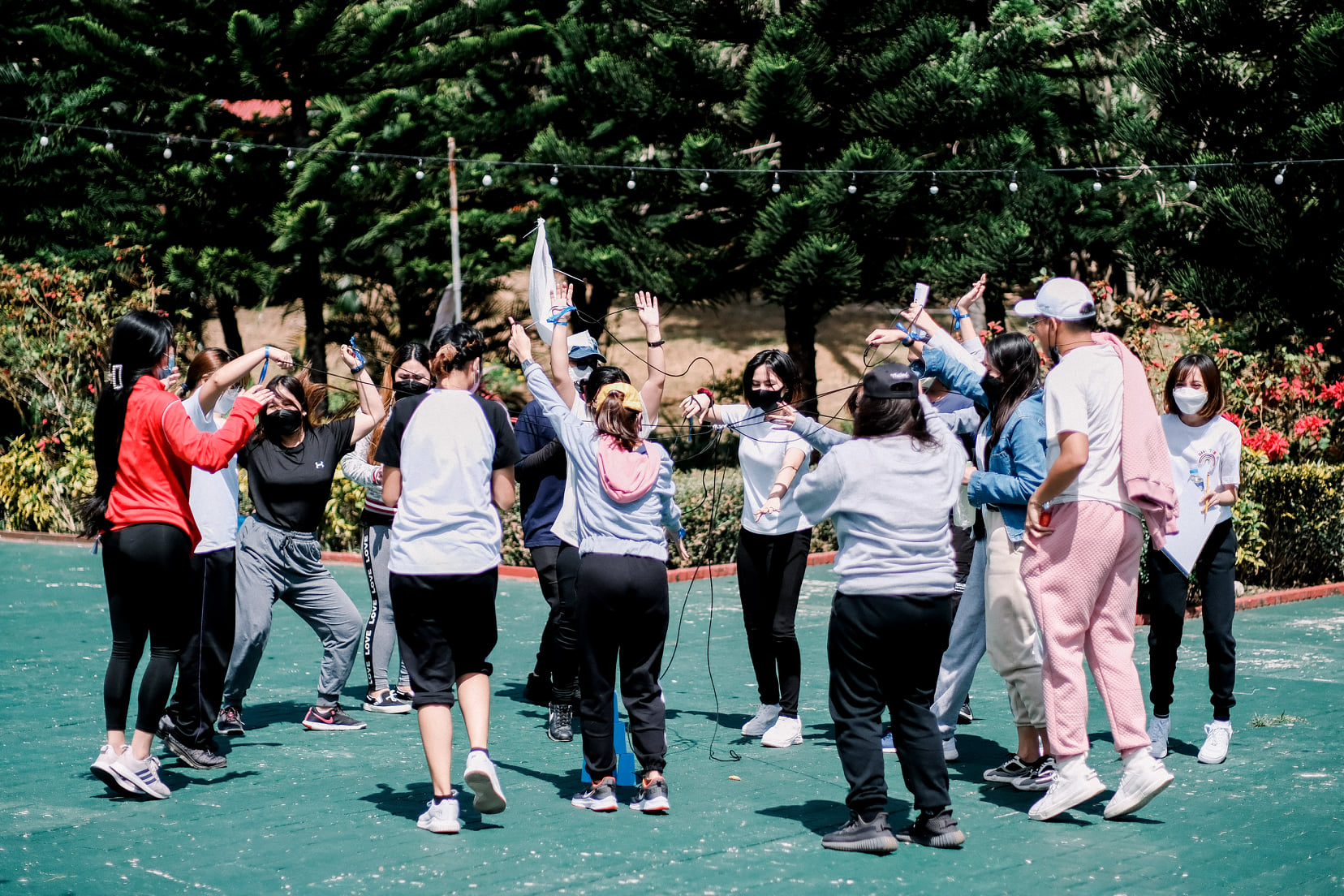A green roof system is an innovative approach to roofing that combines vegetation, soil, and advanced waterproofing layers to create an eco-friendly and energy-efficient solution for buildings. Unlike traditional roofs, green roofs provide both functional and aesthetic benefits while actively contributing to environmental sustainability. These systems can range from low-maintenance extensive roofs with shallow soil and hardy plants to intensive roofs featuring deeper soil and diverse plant species. Semi-intensive roofs strike a balance between these two extremes, offering moderate vegetation and maintenance needs. Implementing a green roof system not only enhances the building’s exterior but also plays a significant role in addressing environmental challenges in urban areas. Understanding the components and benefits of green roofs is essential for architects, developers, and homeowners seeking long-term value. From design considerations to energy savings, a green roof system offers a compelling combination of functionality and ecological impact.
A green roof system can dramatically improve environmental quality in cities. One of the most significant impacts is the reduction of the urban heat island effect, which occurs when cities trap heat due to large areas of concrete and asphalt. The plants on a green roof absorb sunlight and provide natural insulation, lowering surrounding temperatures. Additionally, green roofs help filter pollutants from the air, contributing to cleaner, healthier urban environments. They play a vital role in stormwater management by absorbing rainfall, reducing runoff, and decreasing the burden on drainage systems. Moreover, green roofs create habitats for birds, insects, and other wildlife, promoting urban biodiversity. By integrating natural elements into urban landscapes, green roofs transform otherwise unused rooftop spaces into thriving ecosystems. These environmental benefits make the green roof system an essential tool in sustainable urban development.
Energy efficiency is another powerful advantage of a green roof system. The vegetation and soil layers provide insulation, keeping buildings cooler in the summer and warmer in the winter. This reduces the reliance on heating, ventilation, and air conditioning systems, leading to lower energy bills. Green roofs also protect the underlying roof structure from UV radiation and extreme temperature fluctuations, extending the roof’s lifespan. From a financial perspective, installing a green roof can increase property value by making the building more attractive and environmentally responsible. Certain governments and municipalities offer incentives, grants, or tax rebates for implementing green roofs, making them a more financially viable option. The combination of long-term energy savings and potential economic benefits positions a green roof system as a smart investment for both residential and commercial properties. For environmentally conscious developers, it merges economic sense with ecological responsibility.
Designing and installing a green roof system requires careful planning to ensure optimal performance. Roof structural integrity must be assessed to handle the additional weight of soil, plants, and water retention. Soil composition and depth are critical factors, influencing plant health, water drainage, and root development. Selecting the right plants depends on climate, sunlight availability, and maintenance preferences. Many green roof systems incorporate irrigation and drainage layers to maintain plant health and prevent water accumulation that could damage the roof structure. Maintenance considerations include regular watering, weeding, and occasional soil replacement, ensuring the system remains effective for decades. Proper design and installation practices maximize the benefits of a green roof system while minimizing potential risks. Engaging a professional team experienced in sustainable roofing can ensure that all these factors are carefully balanced.
While green roofs offer numerous advantages, there are challenges and limitations that must be addressed. Initial installation costs can be higher than traditional roofs due to structural reinforcements, soil, plants, and specialized waterproofing. Building owners must also consider ongoing maintenance, including seasonal plant care and inspection of drainage systems. Not all buildings can support the additional weight of a green roof without modifications, limiting its application in some urban structures. Additionally, improper installation or choice of plants can result in poor performance, water leakage, or plant die-off. Awareness of these potential obstacles allows planners and developers to make informed decisions. Avoiding common mistakes, such as insufficient drainage or choosing non-native plants, ensures the long-term success of a green roof system. Understanding both the benefits and the limitations provides a realistic view of what a green roof can achieve.
Green roof systems play an increasingly important role in urban planning and sustainable city design. By transforming rooftops into green spaces, cities can address climate challenges while providing functional spaces for recreation and relaxation. Green roofs complement public parks and green corridors, creating a network of urban ecosystems that improve air quality and reduce noise pollution. Urban planners are increasingly recognizing the value of integrating green roofs into building codes and city guidelines, promoting resilience against climate events such as heavy rainfall and heatwaves. These systems can also foster community engagement, as rooftop gardens and green spaces provide opportunities for residents to interact with nature in densely populated areas. For cities striving to reduce carbon footprints and promote sustainable living, green roof systems are a practical and visually appealing solution. Their adoption demonstrates a commitment to environmental stewardship and long-term urban resilience.
Innovation is transforming the possibilities of green roof systems. Modern designs incorporate smart sensors that monitor soil moisture and plant health, optimizing irrigation and reducing water waste. Hybrid systems combine solar panels with green roofs, maximizing energy efficiency while maintaining environmental benefits. Native plants are increasingly favored for their adaptability, minimal maintenance needs, and ability to support local biodiversity. Designers are experimenting with creative layouts, including rooftop gardens, walking paths, and seating areas, to enhance the usability of these spaces. These innovations not only make green roofs more effective but also more attractive to building owners and tenants. By combining technology, ecological principles, and aesthetic design, green roof systems continue to evolve as an essential feature of sustainable architecture.
Key Features of a Green Roof System
- Soil and vegetation layers designed for climate-specific conditions
- Advanced waterproofing and drainage mechanisms
- Insulation benefits for energy efficiency
- Support for stormwater management and runoff reduction
- Wildlife habitat creation and urban biodiversity promotion
- Potential for rooftop gardens or recreational spaces
- Integration with renewable energy solutions like solar panels
Frequently Asked Questions
- What is the lifespan of a green roof system?
A well-maintained green roof system can last 30 to 50 years, significantly longer than traditional roofing options. - How much does it cost to install a green roof?
Costs vary based on type, size, and complexity, but extensive green roofs generally cost less than intensive systems with deeper soil and larger plants. - Can any building support a green roof?
Not all buildings are suitable. Structural assessment is crucial to ensure the roof can support additional weight. - What maintenance is required for a green roof system?
Maintenance includes regular watering, weeding, pruning, and monitoring drainage systems to prevent water buildup. - How do green roofs affect energy consumption?
They improve insulation, reduce heating and cooling costs, and moderate temperature extremes within the building. - Are green roofs suitable for all climates?
While adaptable, plant selection and soil composition must be tailored to local climate conditions to ensure sustainability.
Green roof systems are transforming urban landscapes, offering a combination of environmental, economic, and aesthetic benefits. They reduce energy consumption, improve air quality, support biodiversity, and enhance property value, all while creating attractive, functional spaces. For cities and building owners aiming for sustainable solutions, the integration of green roofs is not just an option but a forward-thinking strategy. By carefully considering design, plant selection, and maintenance requirements, a green roof system can provide decades of benefits. Embracing these systems represents a commitment to both ecological responsibility and urban innovation.
Takeaway
A green roof system is more than a trend—it is a practical, long-term solution that addresses environmental challenges, reduces energy costs, and enhances urban life. Thoughtful planning and design transform rooftops into vibrant, sustainable spaces that benefit both people and the planet.






